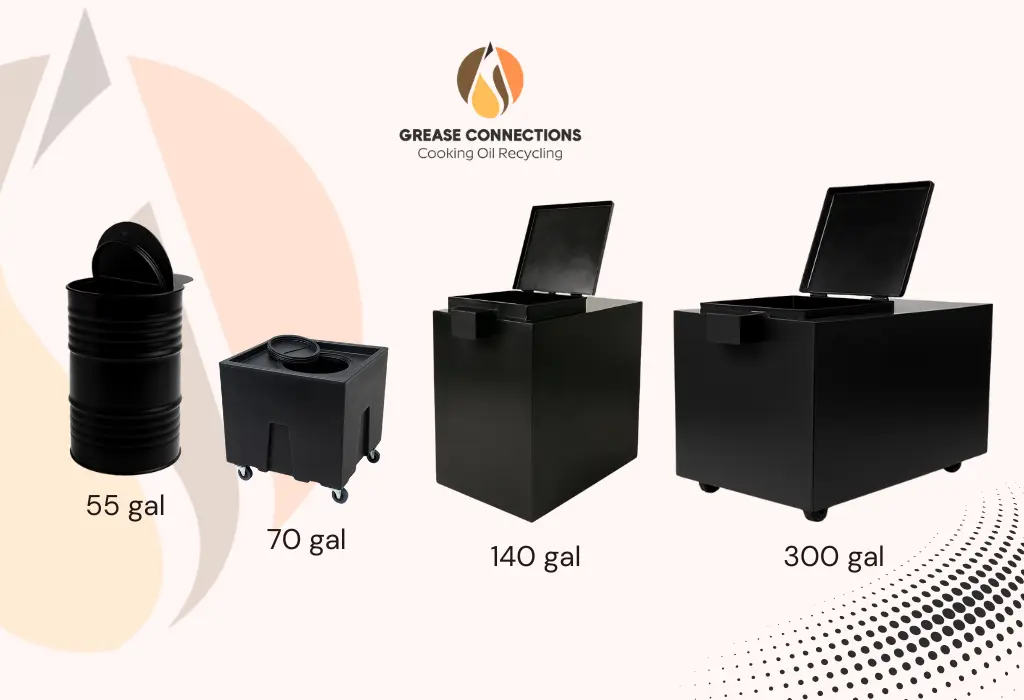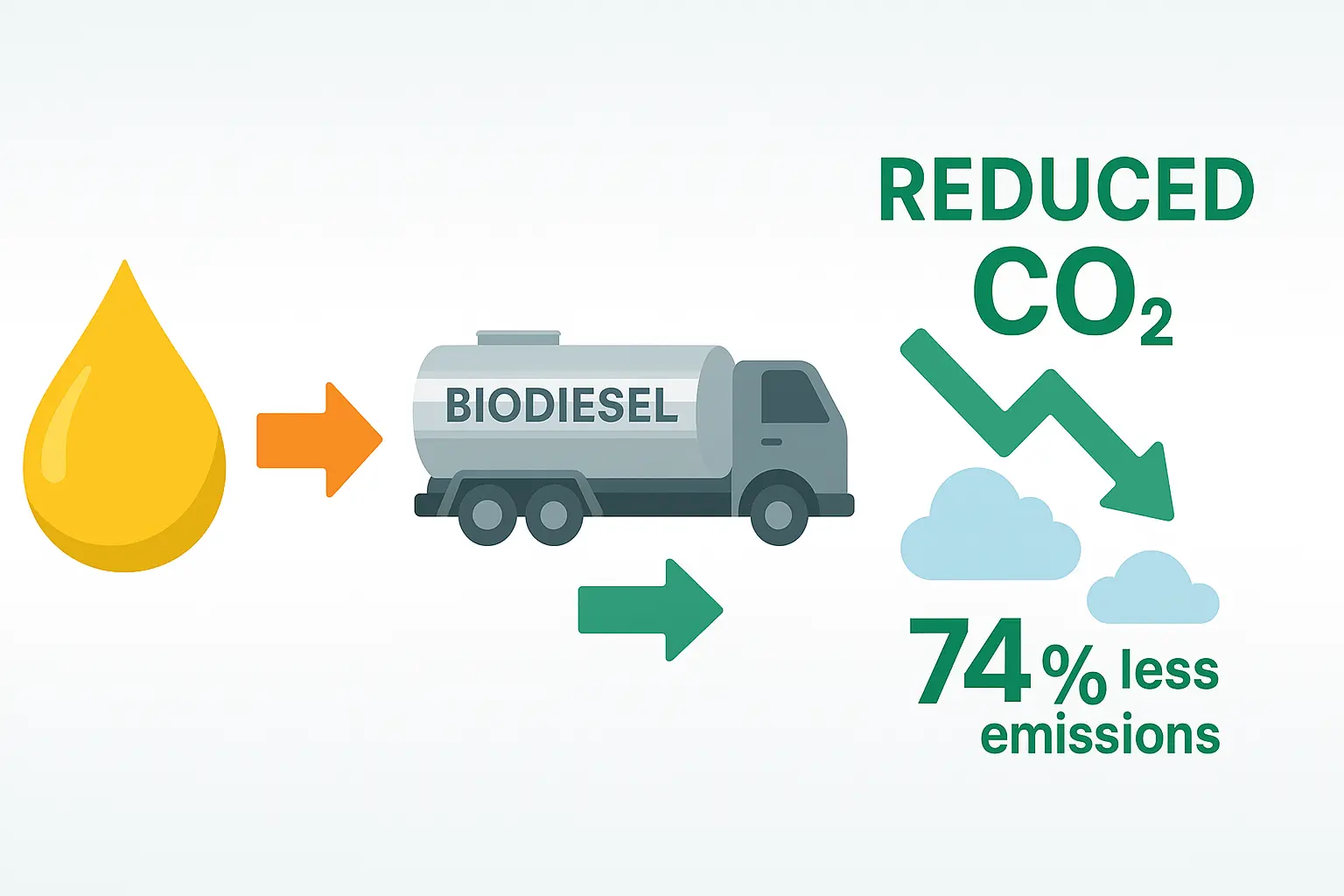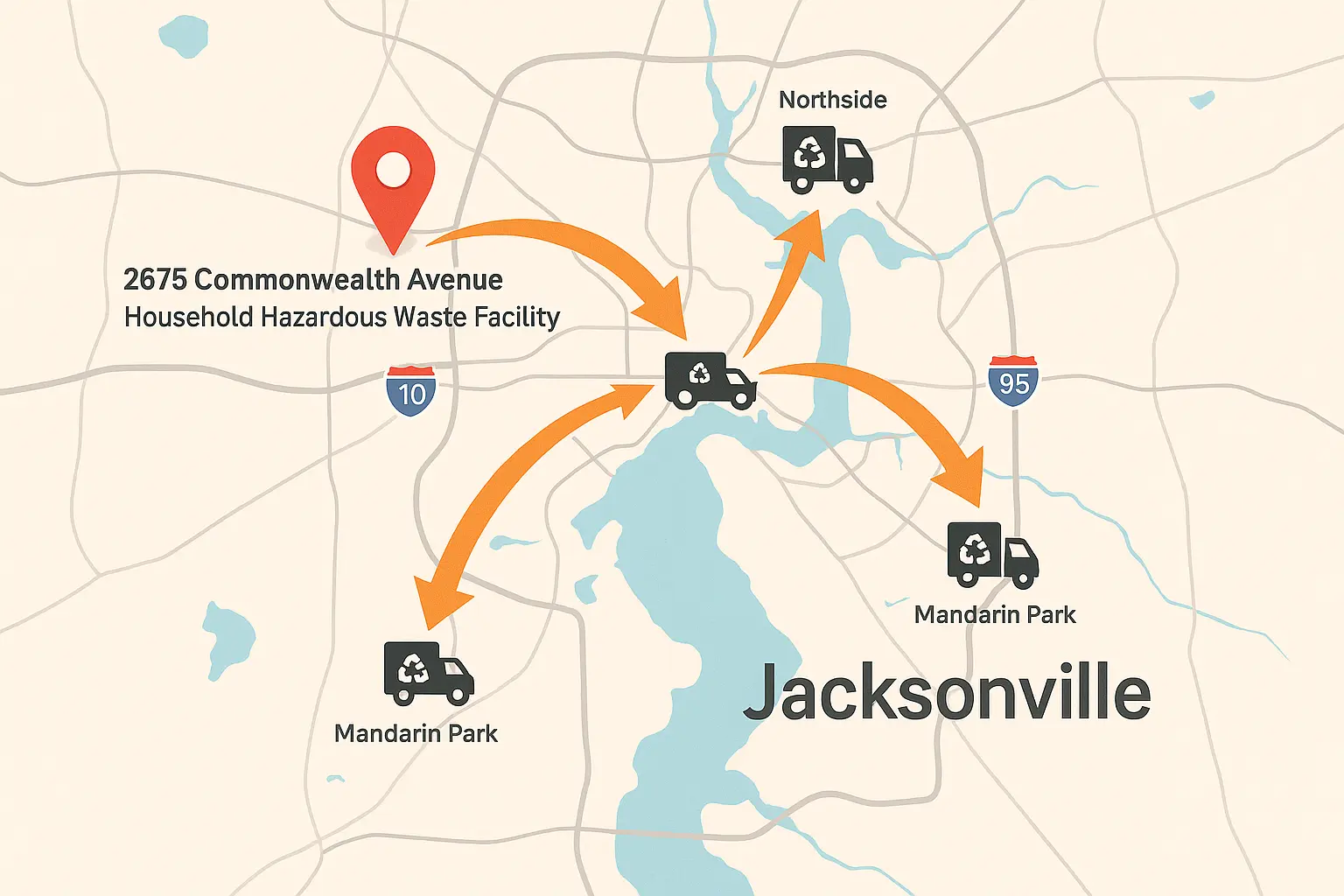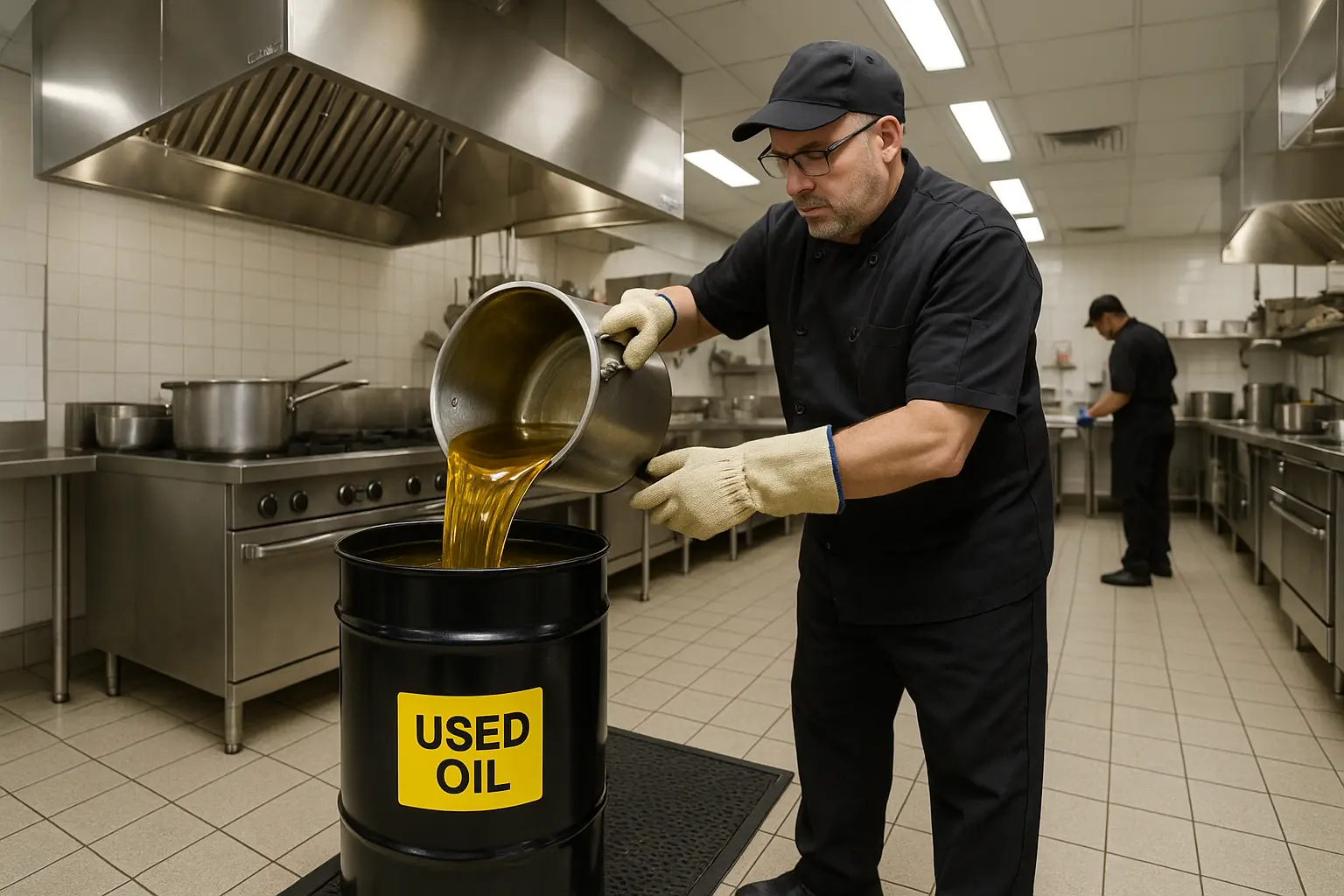Table of Contents
Why Cooking Oil Compliance Matters
Pouring fryer oil down a drain may seem harmless, yet it violates the Clean Water Act, clogs municipal sewers, and draws five figure fines. Regulators treat used cooking oil as “FOG”, fats, oils, and grease, because it hardens in pipes, overwhelms wastewater plants, and fuels kitchen fires. A single gallon can pollute one million gallons of water; that scale is why inspectors scrutinize even small cafés. Following the rules protects public health, keeps insurance premiums down, and boosts your sustainability story. Diners increasingly ask where their food waste goes. This guide breaks down the laws and the practical steps so you can stay focused on serving great food while resting easy on audit day.
Federal Rules: The Non Negotiables
At the national level, three agencies set the floor. EPA enforces the Clean Water Act and the Resource Conservation and Recovery Act, requiring that FOG never enter storm or sanitary sewers. OSHA mandates safe handling temperatures and slip resistant transfer zones. If you transport more than 119 gallons, the U.S. DOT may classify your load as a regulated waste, triggering HazMat driver training and placarding. None of these rules tell you how to recycle, that’s left to states, but they do impose recordkeeping. Keep manifests for three years, label every storage drum “Used Cooking Oil, For Recycling,” and train staff annually on spill response procedures. Think of federal law as the baseline; state and local codes only tighten the screws from here.
State & Local FOG Ordinances
Cities run grease management programs to protect their wastewater budgets. Expect requirements such as interceptor sizing formulas, quarterly pump outs, and surprise dye tests that trace illegal discharges. Many jurisdictions issue a Grease Handling Permit renewable each year; missing a renewal can stall your food service license.
Florida and Georgia, for example, cap allowable sewer effluent at 100 mg/L of FOG, while New Jersey drops the limit to 75 mg/L. Always check health department bulletins before you renovate a kitchen or switch fryers; they affect trap capacity and container placement. Building a compliance binder with inspection reports, hauler receipts, and maintenance logs shows auditors you take FOG seriously and often shortens the visit.
Choosing Compliant Storage Containers

Regulators don’t dictate brands, but they do expect containers that are leakproof, lidded, and located away from storm drains. Restaurants typically pick from five industry standard options:
| Compliant Container | Typical Capacity |
|---|---|
| Black steel drum | 55 gal |
| Square caddy on wheels | 70 gal |
| Rectangular tank with lid | 140 gal |
| Large rectangular tank on wheels | 300 gal |
| Pump cart with slim vertical tank | Automated system |
Choose a size that matches weekly fryer turnover so oil never sits long enough to oxidize or attract pests. Place secondary spill pallets under drums, and keep aisle clearance per NFPA 30 fire code. Affix a weather proof label with the words “Used Cooking Oil, Do Not Drain.” Small upgrades like foot pedal lids and quick connect hoses cut worker injuries and satisfy OSHA’s emphasis on ergonomic risk reduction.
Approved Disposal & Recycling Paths
Most municipalities insist you hand off oil to a licensed grease recycler. These haulers convert FOG into biodiesel, animal feed additives, or industrial lubricants. Verify your provider’s permit number and request an electronic manifest at each pickup; the document should list date, volume, and destination facility.
If you operate more than one location, schedule pickups on set days to simplify bookkeeping and show auditors a predictable cadence. Never mix fryer oil with solvents or cleaning chemicals; doing so reclassifies it as hazardous waste and multiplies disposal costs. For pop up events, use sealed “jobber” containers and book a same day haul to avoid unpermitted transport across county lines.
Recordkeeping, Reporting, and Audits
Digital logs beat paper when inspectors arrive. Modern grease recycling portals timestamp pickups and export spreadsheets that slot neatly into your HACCP plan. Retain three years of:
- Hauler manifests
- Grease trap pump out certificates
- Training rosters
- Incident and spill reports
Upload files to cloud storage with folder names mirroring permit numbers. Quarterly, run an internal audit: confirm volumes hauled match fryer turnover, cross check invoice totals, and test interceptor effluent at an accredited lab. Flag discrepancies early; self reporting minor issues earns leniency and proves a culture of compliance.
Penalties, Liabilities, and Brand Risk
Violations stack fast. A 2024 EPA crackdown in Texas issued $28,000 daily penalties to eateries caught flushing oil. Cities can tack on sewer repair surcharges, and insurers may deny fire claims if improper oil storage contributed to ignition. Meanwhile, social media punishes environmental negligence; video of a clogged alley drain can undo years of brand building. Contrast that with the upside: third party certifications like Green Restaurant Association and B Corp award points for documented FOG recycling, boosting customer loyalty and opening doors to corporate catering contracts that demand sustainability metrics.
Step by Step Compliance Checklist
- Map every oil handling touchpoint, from fryer to storage tank.
- Verify containers meet fire code distance and have intact lids.
- Label tanks clearly; add spill pallets and sand for quick absorption.
- Sign a contract with a licensed hauler; log permit numbers.
- Train staff quarterly on transfer, PPE, and spill kits.
- Schedule interceptor pump outs per local ordinance.
- Save all manifests in cloud folders, and review monthly.
- Perform annual self audit and update SOPs.
Follow this eight step loop and you’ll sail through inspections while turning waste into a revenue sharing recycling credit.
Frequently Asked Questions
Is used cooking oil considered hazardous waste? Not when uncontaminated; EPA classifies it as “non hazardous solid waste,” but mixing with solvents changes its status.
How often should I empty my grease trap? Most codes follow the 25% rule: clean when FOG and solids fill one quarter of capacity, typically every 30 to 90 days.
Can I give used oil to local farmers? Only if they hold a state issued feedstock permit; unlicensed giveaways risk fines and animal feed recalls.








